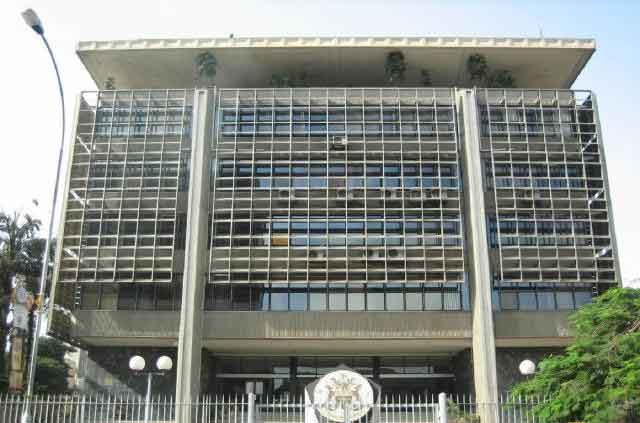
Potential global inflationary pressures, geopolitical tensions, and tightening global financial conditions could pose upside risks to inflation
Kampala, Uganda | THE INDEPENDENT | Uganda’s central bank has opted to maintain the Central Bank Rate (CBR) at 9.75%, signaling confidence in the stability of domestic inflation and economic activity despite global
The BoU’s Monetary Policy Committee (MPC) made the decision following a review of the latest economic indicators, which show that inflationary pressures remain subdued.
Michael Atingi-Ego, the Deputy Governor, Bank of Uganda said the BoU noted that the country’s annual headline inflation remained steady at 2.9% in November 2024, while core inflation, which excludes volatile items such as food and fuel, slightly decreased to 3.8% from 3.9% in the previous month.
This positive trend, Atingi-Ego said, is largely attributed to favorable weather conditions reducing food crop prices and decreasing global inflationary pressures. Furthermore, BoU’s previous monetary policy actions have supported the shilling’s exchange rate, which has remained stable.
Looking forward, the BoU’s inflation outlook remains optimistic. The Central Bank projects average core inflation to stay below the medium-term target of 5%, with estimates of 3.7% for FY2024/25 and 4.2% in FY2025/26. Inflation is expected to stabilize around the 5% target in the medium term, largely driven by strong capital inflows into the mining and oil sectors, as well as favorable food and oil prices.
However, risks to the inflation outlook persist. The BoU cited potential global inflationary pressures, geopolitical tensions, and tightening global financial conditions as factors that could pose upside risks to inflation. On the other hand, inflation could remain lower if the shilling continues to appreciate, further boosting capital inflows, or if global growth remains subdued.
Despite the risks, Uganda’s economic outlook remains positive. The BoU’s MPC forecasts GDP growth to range between 6.0% and 6.5% in FY2024/25, with medium-term growth projections of 7.0% to 7.5%. This growth is expected to be driven by strong domestic expenditure, strategic government interventions, and foreign direct investment in the extractive industries, particularly in the oil sector, which is set to begin production in FY2025/26.
The BoU highlighted that the monetary policy stance remains supportive of sustainable growth while ensuring price stability. The MPC emphasized that future adjustments to the policy rate will be driven by evolving data and a continuous assessment of economic risks.
“The decision to maintain the CBR at 9.75% reflects our commitment to fostering a stable economic environment conducive to growth,” Atingi-Ego said. “We will continue to monitor global and domestic developments closely to guide future policy decisions.”
The rediscount rate and bank rate remain at 12.75% and 13.75%, respectively, with the bands on the CBR held at +/- 2 percentage points.
 The Independent Uganda: You get the Truth we Pay the Price
The Independent Uganda: You get the Truth we Pay the Price



